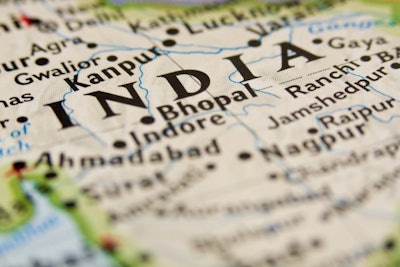
While the Indian egg industry may have experienced one of its worst years on record, the long-term future for the industry is bright. The positive outlook for the sector was a common theme throughout presentations at the International Egg Commission (IEC)’s technical seminar on accelerating egg consumption in India.
Suresh Chitturi, IEC chairman, noted that, over the last year, unfounded COVID-19 rumors related to poultry meat and egg consumption had resulted in the worst crisis the industry had ever faced. While the problems caused by these rumors may have tailed off, more recently problems again arose due to public perceptions of avian influnenza.
However, looking to positives, he noted that egg prices in India had reached record highs and that per capita egg consumption in the country was due to increase. At 77 eggs per person, egg consumption in India is low compared to many countries. However, this figure is expected to rise to 154 per person within the next five years.
Julian Madely, chief executive officer – World Egg Organisation, noted there had been a tremendous shift in egg production over the last half century and that Asia now accounted for 60% of total global output. Egg consumption in Asia, he added, is still rising providing numerous opportunities for the industry.
Measured by tonnage, India ranks as the world’s third-largest egg producing country, while measured by number of laying hens, it comes in at second. The country will, Madeley said, eventually overtake China as being the world’s largest egg producer.
All change
Alongside rising output and consumption, the Indian egg market is experiencing significant change. According to Professor David Hughes, Emeritus Professor of Food Marketing at Imperial College, London, COVID-19 has slowed economic growth, and this has strengthened demand for low cost food.
Yet, there are segments of society that are becoming richer and, while price remains important in India, tiering will play an important role in marketing. Those consumers that can afford to pay more for an egg will do so if that egg comes with something extra, for example being cage-free or antibiotic free. However, he warned that while richer consumers may be willing to pay for these qualities now, they will eventually come to expect them as standard.
This is not the only area where the market is changing. The majority of eggs in India are still sold in small shops and markets, however, online is becoming an increasingly important channel. Where the shift to supermarkets is concerned, Hughes noted, producers will have to work with retailers in creating in-store theater if they want eggs to avoid falling into the “boredom zone”. He pointed to marketing initiatives in China as an example of how to make eggs stand out in store and how, with the right approach, consumers can be guided in their purchases.


















